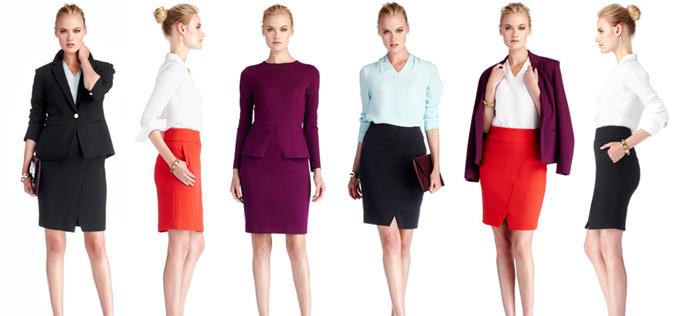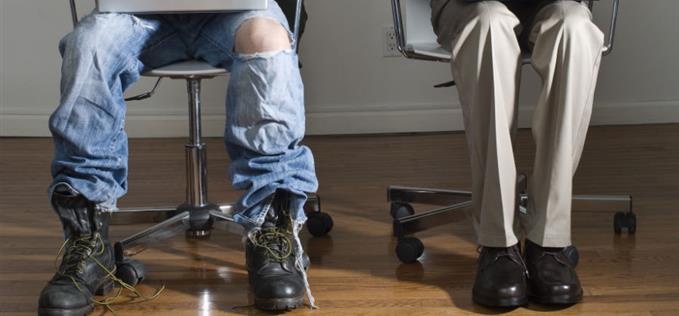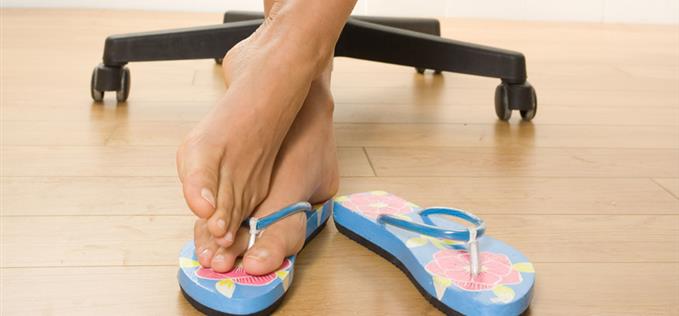WE ARE the Google generation.
The warmer weather definitely makes me more complacent; my dresses are shorter, my shoulders are out, and my heels are more suited to my post-work plans
Gone are the days when having visible facial piercings, garish sleeve tattoos and bright pink hair would stop your chances of being taken seriously in the workplace. In some more conservative organisations, it still might (but at least they can’t tell you that to your face). The daily struggle – ‘What do I wear to work?’ Summer hazily emerges and we’re all set to scramble to the Trafford Centre to covet our key corporate sunny-weather staples. Dressing for work when there’s a chance of finding a lunch-hour sun-trap takes strategic planning. Especially when the temperamental office air-conditioning has an attitude problem. You don’t want to be ‘that girl’ who’s ‘inappropriate for the office’, and you also want to wear something that showcases the work you put in at the gym over winter.
Who makes the rules anyway, and does it really harm your chances of securing your dream job if you opt for sandals over stilettos?
 Are short-shorts ever office appropriate?
Are short-shorts ever office appropriate?In Spinningfields, we feel like caged animals staring out of the suicide-proof windows that don’t open at the Oast House below, counting down the hours until we can join those lucky self-employed bastards (they must have jobs, those cocktails aren’t cheap). The warmer weather definitely makes me more complacent; my dresses are shorter, my shoulders are out, and my heels are suited to my post-work plans. I don’t think I’m alone.
A good friend of mine said the rules for women include ‘if you’d wear it to the beach, don’t even think about wearing it to the office’. So I guess that means no flip-flops, but what about more substantial sandals? Or maybe it’s a case of whether your bare legs touch the chair when you sit down…
 Appropriate summer office wear?
Appropriate summer office wear?Every place I have ever worked has had a different attitude to work attire. My weekend job was a suit (guess where), my first job after graduation was ‘smart/casual’, and now, it’s pretty much ‘wear what you want within reason but don’t take the piss’ (that isn’t what it says verbatim in the HR policy). The one thing that I’ve noticed is there is no universal agreement of what ‘appropriate for the office’ looks like, especially when it gets to the summer. That’s probably because no two offices are the same. But then there is a consensus that women in tank tops, booty shorts and Havainas probably isn’t kosher in the corporate world. Women will be subject to more criticism than men; even now, women don’t dominate the higher ranks despite their representation in the office. A string vest probably won’t help in that struggle for equality.
 Men are also part of the conversation
Men are also part of the conversationIt’s not just women who have the ‘what to wear’ conversation with themselves in the mirror pre-work commute. Increasingly, men are opting for tailored Bermuda shorts (thanks to Pharrell and Joey Essex). Ties get lost on trains, and untucked shirts become a la mode. But let’s face it, men will face less criticism for their wardrobe choices at work because their choices are more limited in the first place. Unless a guy comes in wearing a vest with his floral board shorts, he’s probably not going to attract a scathing managerial glare and be sent home to change.
Office-wear etiquette transforms for summer.
 'if you’d wear it to the beach, don’t even think about wearing it to the office’
'if you’d wear it to the beach, don’t even think about wearing it to the office’Yes, 'dress for the job you want’ but if your boss gives casual a whole other meaning, why does it matter what you wear? Surely, the ultimate measure of professionalism is whether you deliver. If you’re deadweight, it doesn’t matter if you’re in a turtleneck sweater or a tank top. The quality of your work and your calibre as an employee speak louder than your clothes. Companies have their own unique policies for a reason; to try to impose uniformity without a strict uniform. We aren’t kids at school after all. It comes down to comfort, company culture, and the right to individuality; each of which should be carefully balanced to create a moderate and contemporary corporate image.
It’s harder to climb the career ladder in flip-flops.
Follow @MissAmeerkat on Twitter




